With the increasing popularity of home multimedia computers, especially in recent years, the performance of computer sound cards has been greatly improved, and multimedia speakers have increasingly shown an important position in multimedia computer systems. A few years ago, it was very satisfying for people to equip a computer with a small plastic speaker of dozens of yuan, and now thousands of yuan of high-end multimedia speakers are placed next to more and more "enthusiast" computers. Nowadays, the "multimedia speakers" used by computers are almost all active speakers. The so-called active speakers are simply the speakers that integrate the power amplifier and the speaker sound system into one, which can be directly matched with the computer sound card to form a complete sound combination. Active speakers shorten the connection lines, reduce interference signals, reduce background noise, and effectively save speaker manufacturing costs and occupy space, with a high performance-price ratio. Of course, multimedia speakers are just a special branch of many speaker products. The computer multimedia audio system still has a certain gap with the real Hi-Fi audio system in terms of sound source and power amplification. However, with the continuous development of computer multimedia technology in the future, more new technologies will be applied to multimedia speakers (such as USB speakers and flat panel speakers). From the future development needs of more complex PC audio technology, computer multimedia speakers will be digitized, multi-channel (such as 5.1, 7.1 or even 9.1), multi-technology types (such as various 3D sound field processing technologies) and multi-purpose And high performance. 1. Digital and USB speakers Nowadays, "digitalization" can be said to be a very popular vocabulary, and many new-generation technology products are branded with the concept of "digitalization". Compared with general analog equipment, products that use digital technology do have corresponding improvements in performance, quality, function, ease of use, and reliability. It can be said that digitalization is the future development direction of most scientific and technological products. . From the perspective of the development of multimedia speakers, since the day of birth, ordinary analog speakers have been occupying the mainstream of the market, but with the advent of the digital era, multimedia speakers for PC are also developing in the direction of digitalization, of course support The popularization of digital output sound cards, USB and other new interfaces also provides a guarantee for the transition of speakers to digitalization. At present, "digital speaker" mainly includes two aspects, namely "digital adjustment" and "digital input". Using digital volume adjustment can avoid the shortcomings that analog adjustment is easy to interfere, and the operation control is more convenient. Digital input can fully guarantee the quality and purity of the sound source. Digital speakers send digital signals with high and low levels representing 1 and 0 directly from the digital interface of the sound card to the inside of the speaker, which can greatly improve the signal-to-noise ratio of the output sound signal, while analog signals It is a continuously changing level, so it is extremely susceptible to interference. Therefore, the digital speaker avoids the analog signal output by the sound card from the complex electromagnetic interference in the chassis and makes the sound more pure. The resolution and expression of the subtle sound signal are much better than the traditional analog speaker. In addition, the types of audio that digital speakers can output through a data line are very rich, such as stereo, Dolby Digital (AC-3) or Dolby Pro Logic, which is also unmatched by analog input speakers. Take the original undecoded sound signal of 6 channels of Dolby Digital as an example. If the analog output is used to achieve the same effect, at least three stereo jacks are required to output the decoded analog audio signal. For digital For speakers, it almost supports almost all digital audio formats including Dolby Digital (AC-3) and Dolby Pro Logic, and the coverage is very large; some multi-channel digital speakers can automatically recognize the type of input signal, and then make different The decoding and audio conversion work is powerful and easy to use. Now digital speakers also widely use hardware 3D sound technology such as SRS, APX, SpaTIalizer 3D, Q-SOUND, Virtaul Dolby and Ymersion, in addition to active electromechanical servo technology and BBE high-definition plateau sound playback system and other sound enhancement technologies. It also has a certain effect on improving sound quality. Due to the high requirements in design and manufacturing, the current digital speaker products on the market are not very rich, there are only a few products (such as the Cambridge SoundWorks DeskTop Theater 2500 of Chuangtong), and the price is expensive, most of which are more than 2,000 yuan. To use a sound card with digital output function (such as Sound Blaster Live! Digital) to match it, so the popularity is still very low. But now a new type of "digital speaker": the emergence of USB speakers has made this situation improve. USB is the abbreviation of "Universal Serial Bus" in English, meaning "Universal Serial Bus". USB uses a 4-pin plug as a standard plug, and through this standard connector, all peripherals are connected in the form of a chrysanthemum braid. It transmits data in a serial manner. The current maximum data transmission rate is 12Mbps, supporting multiple data streams and multiple The devices operate in parallel, allowing peripherals to be hot swapped. Applying USB technology to multimedia speakers to achieve full digital input of speakers can greatly improve the sound quality. USB is a plug-and-play hot-swappable interface. USB speakers are more convenient to use. Compared with traditional speakers, the USB interface and devices are controlled by the CPU, so the USB speakers can be turned on and off, adjust the volume, and mute through the software. And the price of USB speakers is not too expensive, generally in the price of a few hundred yuan. An important feature of the USB speaker is that it no longer requires a sound card. It uses the USB interface of the motherboard to output data signals, and the work of digital-analog conversion originally performed by the sound card is moved to the interior of the speaker to be completed by a special chip, so Beyond the sound card; other speakers that support digital input must have a sound card's digital output interface to match, so the use of USB speakers in computer costs is relatively reduced. However, some USB speakers, such as A3D, EAX, hard wave table, etc., need to be synthesized and processed with a sound card hardware chip. Currently, USB speakers can only support Direct Sound (3D) sound effects based on the Windows interface. The USB speaker allows the CPU to pre-process the audio data and then transmit it to the speaker. However, the bandwidth of the USB interface is currently limited, so the USB can only transmit the compressed Dolby Digital audio signal, so it must be configured inside the speaker The expensive Dolby Digital decoding chip, and with the introduction of the USB2.0 specification, its bandwidth is sufficient to realize the sound playback of multi-channel surround sound systems. It can be said that the development prospect of USB speakers is very broad. In addition, IEEE1394 speakers have appeared on the market, which also has good development prospects. Second, the flat speaker Compared with traditional speakers, the first impression of "flat speakers" is their thin and light, unique appearance. In addition, the vibration principle of the flat speaker is different from the vibration principle of the general traditional speaker. The traditional speaker uses a piston-type vibration method to work. There is only one macro vibration point, while the vibration method of the flat-type speaker uses random There are many ways to vibrate, so it has a lot of vibration points, which makes it a unique advantage that it has no directivity. The traditional speakers have strong directivity, and the listener must stand in front of the speaker to hear the full sound, especially the high-pitched part. The cone-shaped sound field covers a small area, and the listening effect of the flat speaker is similar to that of the listener. Location is not relevant. In addition, the sound field intensity distribution of the flat speaker is relatively uniform. The authenticity of the sound is better. However, because the design of the flat panel speaker uses a wave-type vibration method, the amount of air that can be pushed is very small, far less than the volume of air driven by traditional speakers, so its low frequency effect is very bad, so it must be matched with a set of bass Cannon to improve bass performance. In addition, many people will feel that they are not used to the sound emitted by the flat panel speakers. This is related to the recording process of most of the sound sources in addition to the difference in sounding principle. Because most of the sound recording is collected in the sound field in the form of points, the traditional speakers used for point-emission playback are more suitable, and the flat panel speaker is a surface sound source. It is not yet possible to use the sound source. The collection method was changed to surface collection. As far as performance is concerned, the "flat speaker" does not have much advantage. The sound quality is probably only similar to the low-end and ordinary speakers, and people who are accustomed to ordinary speakers may not necessarily be accustomed to the sound characteristics of its surface sound source. In general, the "flat panel speaker" does not have many advantages in sound quality, it should be said that its superior appearance and volume. Because it is flat, it can be made very thin and light, and it is much smaller than traditional speakers, so its placement and installation are extremely flexible, and you can even stick it as a decoration on the wall. In addition, "flat speakers" may also be used in the field of mobile computing such as notebook computers. The structure of the flat panel speaker is different from the traditional speaker in many aspects. The core is the "driver" (Exciter), the stroke length of the "driver" is very small, generally not more than 2mm; the voice coil part is relatively light to avoid high Distortion of the frequency part; high magnetic design (generally the magnetic density is above 10000 gauss). Multiple drivers can be shared to increase the output sound pressure and obtain a better frequency response curve. Another important component of the flat panel speaker is that the "vibration plate" (Cone), which acts like a human vocal cord, plays a decisive role in the timbre, sound intensity and sound flatness of the speaker. The materials of the vibration plate can be divided into: paper paddles, laminates, PCB boards and honeycombs. Among them, the honeycomb is the best, but its cost is also the highest; the second is the paper paddle. Once again for the board category, the worst is the PCB board. In addition, there is now a composite paper cone vibrating plate, which has high rigidity and light weight, and has the characteristics of high temperature resistance, humidity resistance and non-deformation, and has a high cost performance. In addition, the design of the vibrating plate must also consider the size of the structure. At present, there are two major systems in the world of flat panel speakers, one is the NXT system in the UK, and the other is the flat speaker system in Australia. And in terms of cost are in a leading position. Most flat panel speakers are now designed according to NXT's patented golden ratio of 0.88 to 1 or 1 to 1.414 to obtain the best frequency response curve. Three, 3D sound effects and multi-channel speakers First let's take a look at the overview of 3D sound effects. In the real world, we can feel the three-dimensional sound effect with only two ears, so is it possible to achieve the same effect with only a pair of speakers or headphones? Traditional audio equipment relies on a pair of speakers divided into left and right channels to produce a single-level stereo sound field. A three-dimensional sound system consists of two key parts: three-dimensional positioning and interaction, that is, the ability to locate complex sound sources in the three-dimensional space around a listener, and the ability to do this in real time. The basis to follow. First, let's talk about using two speakers to achieve 3D surround sound effect. The classic in this respect is the SRS (SoundRetrievalSystem) technology. SRS technology uses the principle of acoustic imitation, according to the different response of the human ear to the sound signal function in each spatial direction, after the separation, extraction, reflection, refraction, and retroreflection of the two-channel stereo signal, this part of the signal is processed to let it Achieve a transformation effect in a spatial direction. After this processing, the stereo signal originally came from one direction, but it made people feel that it came from all directions, giving people the feeling of being in the 3D sound field (in fact, this is the illusion of the human ear). SRS technology only uses two ordinary speakers, and it can produce a simulated 3D surround sound playback effect without Dolby coding technology. Most current multimedia computer systems use SRS technology. Based on SRS, the virtual surround sound system uses 3D audio technology to create the phantom of five speakers through a pair of ordinary speakers. For example, Aureal's A3D Surround is a virtual surround effect. It can be seen that the surround sound track is very suitable for non-interactive background music such as movies and DVDs, but it is not suitable for interactive three-dimensional games. Now the latest dual-speaker 3D surround technology Extended Stereo (Extended Stereo) technology, additional processing of the sound signal through the circuit, so that the listener feels that the sound image orientation extends to the outside of the two speakers, so as to expand the sound image, so that people have room Sense and three-dimensional sense to produce a wider stereo effect. Some 3D speakers now use the latest APX (TM) 3D technology, which uses only two speakers to create a three-dimensional surround sound field. APX is the abbreviation of English AllPosiTIoneXpansion (omnidirectional expansion), and is the patented technology of American AHEAD company. This technology realizes the creation of an all-round 360-degree three-dimensional sound field with only two stereo speakers. The theoretical basis of APX technology is the characteristics of human auditory system and auditory psychology. The ear canal, outer ear, and pinna play an important role in distinguishing the sound direction. Due to the complex shape of the pinna and outer ear, the sound channel entering this area will be reflected, strengthened or weakened at various frequencies. Through the response of both ears to the change of azimuth and up and down position, it is recognized that the sound comes from up, down, left, right, front and back. The pinna and the outer ear act like filters, strengthening signals at certain frequencies, attenuating signals at other frequencies, and delaying signals at certain frequencies. APX uses this feature and uses digital and analog mixing technology to properly control the echo, reverb, delay, spatial effect and intensity of ordinary sound sources, and the sound is "programmed" into the brain. In this way, you can hear the sound seems to exceed the boundary of the sound source and come from multiple sound sources in all directions, extending from one ear to the other, with a 180-degree full-scale expansion on each side of the space. APX is different from the Dolby surround sound system, which requires encoding of multiple signals in the audio source, and most VCD discs currently do not have such encoding, which means that the sound in the VCD uses the expensive Dolby AV theater system , Can not achieve the true reproduction of the original sound at all, at most can only simulate the surround effect. The APX sound source can be ordinary stereo or even mono sound, and is compatible with program sources containing Dolby encoding. The environmental audio effects (EAX, Environmental Audio Extensions) proposed by Chuangtong emphasize more on the authenticity and presence of the three-dimensional environmental sound effects, and it does not reflect the three-dimensional positioning effect. CreaTIve's EAX uses the same API to support multiple speaker settings. When multiple speakers are used, the 3D characteristics of the sound, as well as the effect of simulating the acoustic environment such as reverberation and reflection, are improved. But EAX's existing Direct Sound 3D API does not provide enough functions to produce more advanced sound effects than existing 3D sound technology. Since distance can only be simulated by loudness, although the sound designer of the game can choose to record sounds including reverberation or directly use 3D sound effects, these two options are not satisfactory. The only way to solve this problem is to install a physical rear speaker. Even a single rear speaker can greatly improve listening quality. The more speakers, the better the effect. Multi-speakers have other advantages, such as interference cancellation. Multi-speakers add additional independent variables to the differential equations for interference cancellation. This provides accurate solutions for spatial points with more than two points, and more importantly, improves the accuracy of approximate solutions. Therefore, the appearance of multi-speakers has fully expanded the range of "sound points" in 3D sound effects. At present, more and more games support EAX and A3D, which can not be expressed by the sound system of only a pair of speakers, so the use of multi-channel speakers has become an inevitable. In terms of listening systems, the multi-channel speaker system must be popular in the future, such as 5.1 or even 9.1, which also meets the development requirements of more complex audio technologies in the future. |
Taihang Jiaxin lead-acid battery charging system is suitable for maintenance and non-maintenance operations. The primary function of the charging system is to provide continuous load while charging the battery without supervision. It is suitable for high reliability emergency backup power systems. Controlled by solid state thyristors with electronic sensing and monitoring. The charging characteristic is a constant potential with a current limit. The primary function of the charging system is to provide continuous load while charging the battery without supervision. The charger rectifier circuit provides 100% of the rated current, while the float/boost charges a group of lead acid batteries.
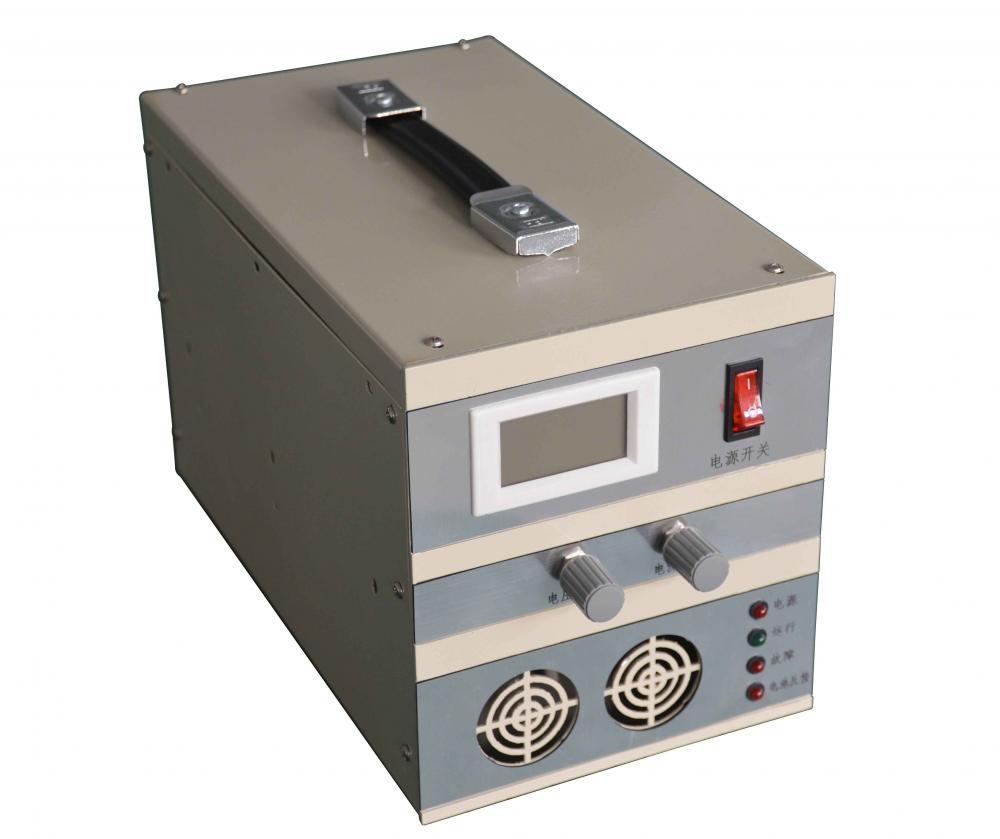

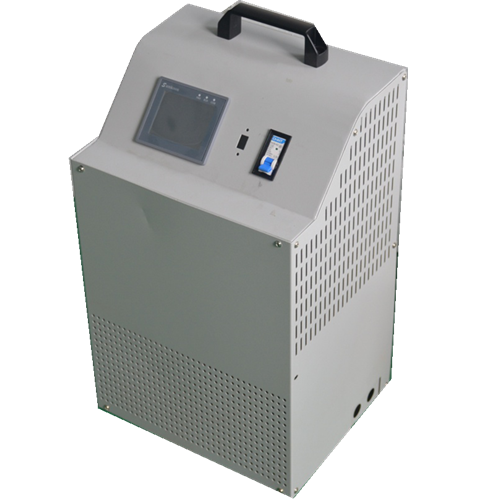
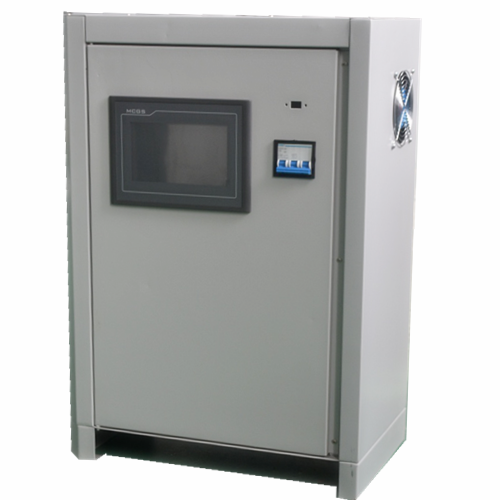
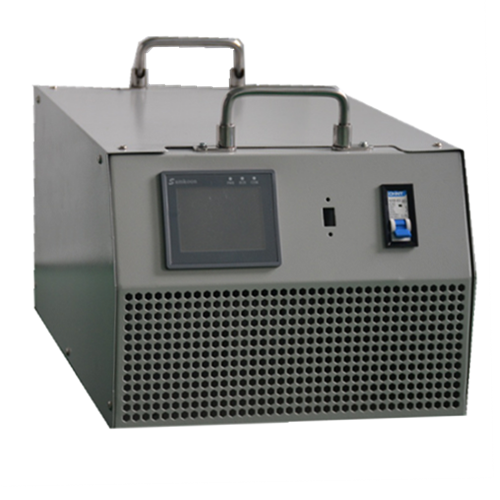
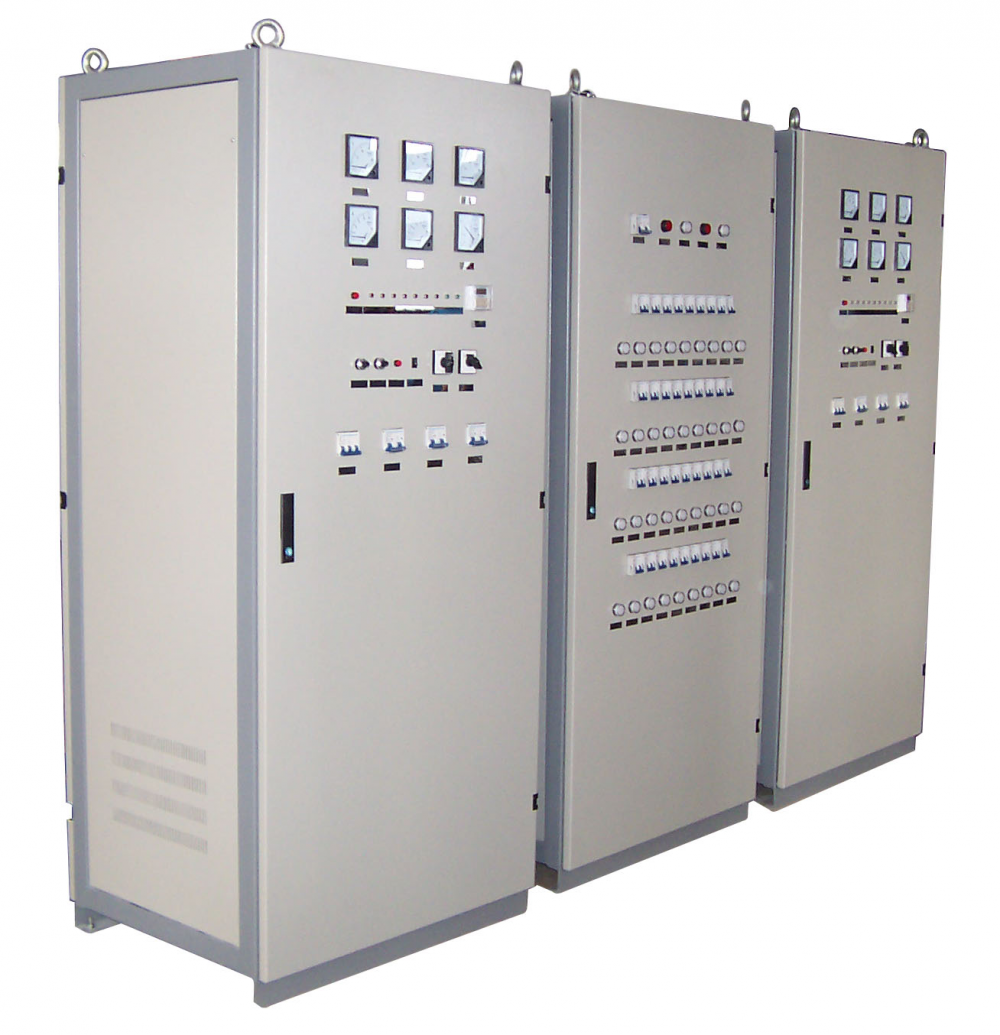
Lead Acid Battery Charger,Automatic Battery Charger,Intelligent Rapid Charger,12V Lead Acid Battery Charger
Xinxiang Taihang Jiaxin Electric Tech Co., Ltd , https://www.chargers.be